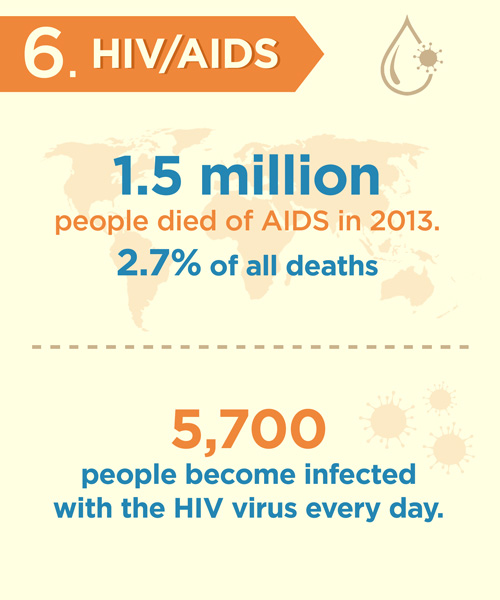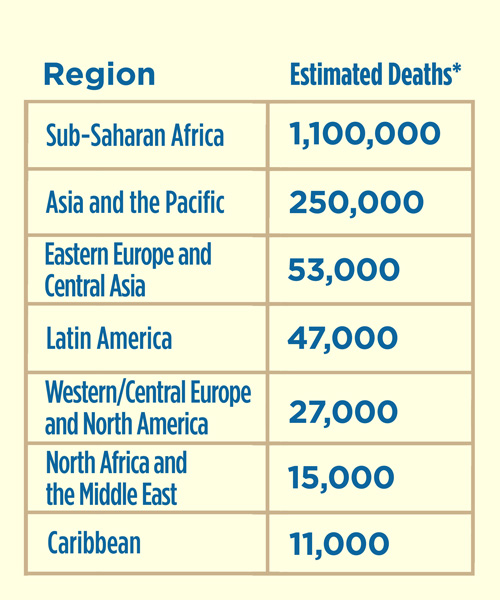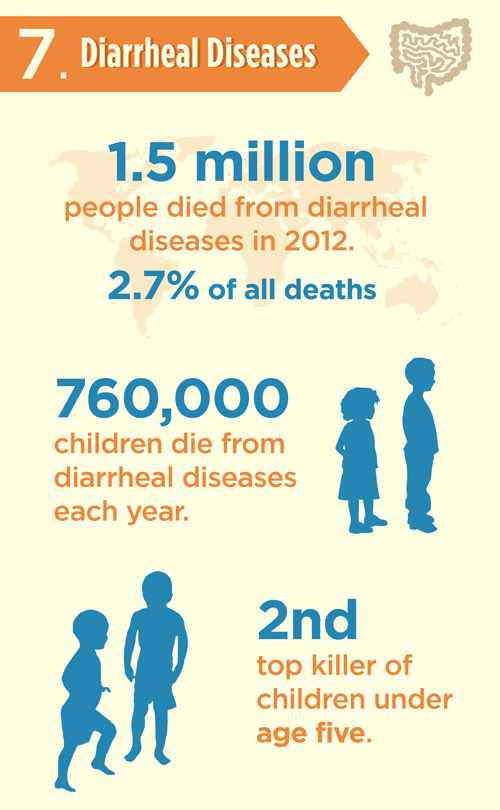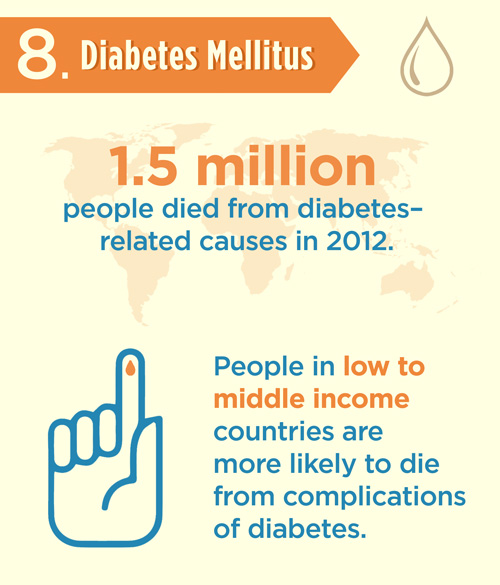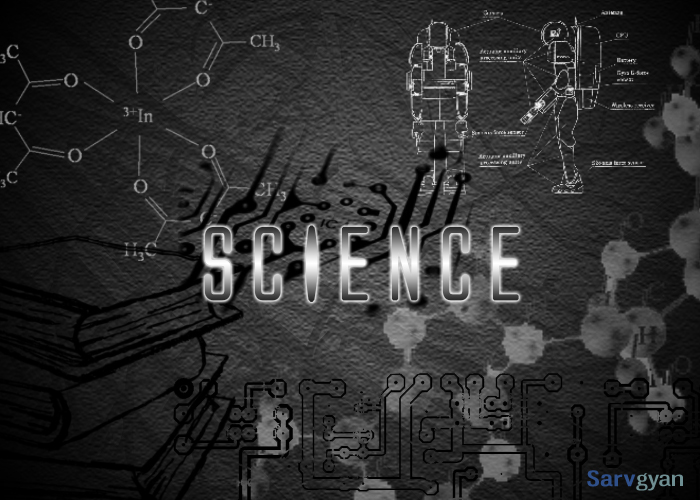Today, education is very much compulsory to build a good career. Students are used to wandering here and there for right career and best guidance.
Here we are going to provide career counselling guidance for the students who wish to search their career after 12
th. We refer to those students who are having science group in 12
th standard. Sciences students can appear in
JEE Main 2016 and
AIPMT 2016, for admission to top engineering and medical colleges of the country receptively.
There are more over lakh of students who are surrounded with
(?) marks regarding their various types of queries. Many students search a lot related to
career after 12th in the field of Science stream/
Commerce stream/
Arts stream.
Are you also looking for the right reply of the following questions.
Science students generally ask which are the best courses available after 12th science with Biology or with Mathematics. Most of the students who are having Mathematics in 12th standard, they ask questions about the courses available other than engineering. We are providing career counselling material which will clear all of your doubts related to science stream.
Career after 12th Science
Medical Courses

So you are a student of science and you have done your 10+2 with PCB (Biology). Now you have the opportunity to choose your right career. Here we have some study option after 12
th.
Are you imagining that to be part of the healthcare industry?
If, yes.
You are interested in medical side which is more reliable and suits your subjects. You can choose the medical field as your area of interest. The medical field is one of the best and prominent fields for the students having science group in 10+2 standard.
After 12th science entrance exam?
You need to go for an entrance examination to get the admission in the medical degree course.
Admission in most of the professional courses in medical fields is based on either merit or through the entrance test.
Want to read more about medical sector?
Business Courses
 Are you ever affected by the corporate world for the attitude and professionalism?
Are you ever affected by the corporate world for the attitude and professionalism?
If, yes.
You can choose the business world. And there are so many reputed courses like BBA or integrated BBA and MBA course etc. where you can earn your dreams. You will have to work in commercial, administration, selling and finance environment.
Want to read more about business sector?
Engineering Courses
 Would you like to be an Engineer?
Would you like to be an Engineer?
You could go for the engineering study. Students even ask after completion of 12th with the PCB group that:
Is there a good career after 12th science math/PCM?
Yes, all your queries exist positive, but not with the PCB group. If you are still interested in an engineering career, you will have to do the 10+2 again with math.
Want to read more about engineering sector?
Arts Courses
Yes, whether you are an artistic, you can choose the arts field. Art stream is also open for the science students.
Want to read more about arts sector?
Available Courses after 12th Science
Courses after 12th Science with PCB:
- MBBS
- BAMS (Ayurvedic)
- BHMS (Homoeopathy)
- BUMS (Unani)
- BDS
- Bachelor of Veterinary Science & Animal Husbandry (B.VSc AH)
- Bachelor of Naturopathy & Yogic Science (BNYS)
- Bachelor of Physiotherapy
- Integrated M.Sc
- B.Sc. Nursing
- B.Sc. Dairy Technology
- B.Sc. Home Science
- Bachelor of Pharmacy
- Biotechnology
- BOT (Occupational Therapy)
- General Nursing
- BMLT (Medical Lab Technology)
- Paramedical Courses
- B.Sc. Degree
- BA
- LLB (Bachelor of Law)
- Education/ Teaching
- Travel & Tourism Courses
- Environmental Science
- Fashion Technology
- Hotel Management
- Designing Courses
- Media/ Journalism Courses
- Film/ Television Courses
- CA Program
- ICWA Program
- CS Program
Courses after 12th science with PCM:
- Engineering (B.E/ B.Tech)
- B.Arch
- Integrated M.Sc
- BCA
- B.Com
- Defence (Navy, Army, Air force)
- B.Sc. Degree
- BA
- LLB (Bachelor of Law)
- Education/ Teaching
- Travel & Tourism Courses
- Environmental Science
- Fashion Technology
- Hotel Management
- Designing Courses
- Media/ Journalism Courses
- Film/ Television Courses
- CA Program
- ICWA Program
- CS Program
Diploma courses after 12th Science:
- Diploma in Beauty Culture & Hair Dressing
- Computer Hardware
- Fashion Designing – DFD
- Dress Designing – DDD
- Drawing and Painting
- Cutting and Tailoring
- Web Designing
- Graphic Designing
- Information Technology
- Application Software Development – DASD
- Textile Designing – DTD
- Hospital & Health Care Management
- Physical Medicine and Rehabilitation
- Film Arts & A/V Editing
- Animation and Multimedia
- Print Media Journalism & Communications
- Film Making & Digital Video Production
- Mass Communication
- Mass Media and Creative Writing
- Animation Film Making
- Air Hostess
- Air Crew
- Event Management
- HR Training
- Computer Courses
- Foreign Language Courses
Jobs
Once you would have completed your graduation, you will have a wide range of job opportunity.
You are now eligible to get the platform in government and private sector. By the nature of the course what you have done you can choose your job sectors.
Due to the growing industrialization in India, the employment options are increasing.
You can be a healthcare professional.
Or
You can be an engineer.
Or
You can be a creator or business professional or scientist or teacher etc.
Still not satisfied, want to learn more, follow our:







